Air Quality Lewisham
Your go-to source for real-time air quality information in and around Lewisham. Discover how we’re working to improve air quality, stay informed about current conditions, and learn practical tips on what to do when pollution levels rise.
Forecast for Lewisham
Air pollution levels are forecast to be Low today
Air pollution levels are expected to be Low tomorrow
Air pollution levels are expected to be Low beyond tomorrow
Last updated: 4:00 AM on Fri 5th December 2025
Air pollution alerts
Monitoring Map and Forecast Map
A table with the Monitoring sites information 5 day forecast for the local area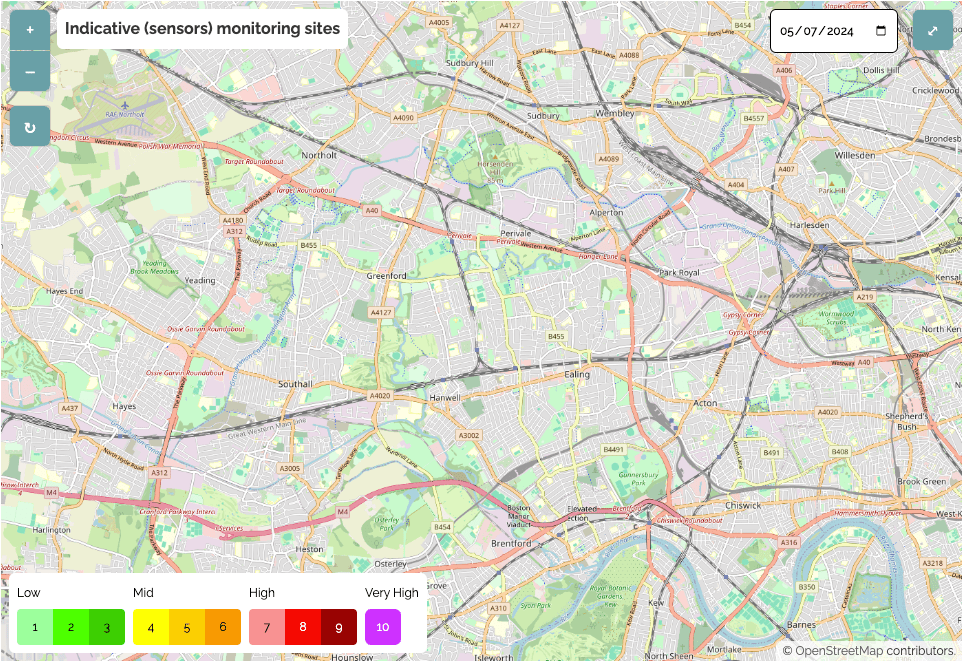
Monitoring
Real-time data collected by Ricardo from monitoring sites in the Lewisham monitoring area.
Forecast
Air quality forecast information created from a combination of Defra pollution data and Met Office weather forecasts.
How is it measured
The Daily Air Quality Index (DAQI) is used to describe and communicate the current and/or forecast levels of air pollution in the UK. It has been approved by the Committee on medical effects of air pollution (COMEAP).
The air pollutant indices range from 1 to 10 and are calculated for each pollutant based on its concentration over a specific period. The air pollutants used to calculate the DAQI are nitrogen dioxide (NO2), sulphur dioxide (SO2), ozone (O3), particles <10 um (PM10) and particles <2.5 um (PM2.5). The pollutant that has the highest air quality index is reported as the DAQI for the site or region.
The table below shows the air pollution categories associated to the reported DAQI alongside the accompanying health messages for the general population.
Air Pollution banding: Low (1 - 3)
Accompanying health messages for at-risk individuals*
Enjoy your usual outdoor activities.
Accompanying health messages for the general population
Enjoy your usual outdoor activities.
* It is important to note children and adults with pre-existing health conditions are at greater risk of health symptoms caused by air pollution. It is possible that very sensitive individuals may experience health effects even on Low air pollution days.
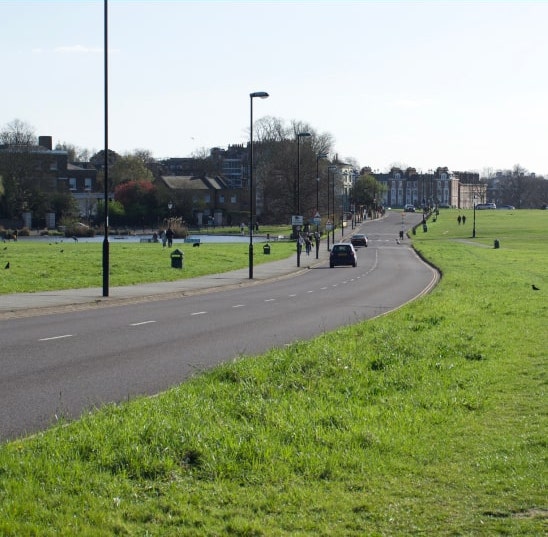
Sign up for air pollution alerts
Measured air pollutants
The below pollutants are measured in the Lewisham area. Select each one to find out more about them and where they typically come from.
Our monitoring network includes non-automatic diffusion tubes which give us monthly averages of NO2.
The 5 automatic monitoring stations provide real-time data on levels of NO2, PM10 and PM2.5. The data has also been provided as an annual mean so that the results can be compared to our air quality objectives.
Nitrogen dioxide (NO2)
Nitrogen dioxide (NO2) is a gas that is mainly produced during the combustion of fossil fuels (Wood burning and road traffic being significant sources around Lewisham), along with nitric oxide (NO).
Nitrogen dioxide can irritate the lungs and lower resistance to respiratory infections such as influenza.
Continued or frequent exposure to concentrations that are typically much higher than those normally found in the ambient air may cause increased incidence of acute respiratory illness in children.
Fine particles (PM10, PM2.5, PM1)
Fine Particles are composed of a wide range of materials arising from a variety of sources including:
- combustion sources (mainly road traffic)
- secondary particles, mainly sulphate and nitrate formed by chemical reactions in the atmosphere, and often transported from far across Europe
- coarse particles, suspended soils and dusts (e.g., from the Sahara), sea salt, biological particles, and particles from construction work
Particles are measured in several different size fractions according to their mean aerodynamic diameter. Most monitoring is currently focussed on PM10, but the finer fractions such as PM2.5 and PM1 are becoming of increasing interest in terms of health effects.
Fine particles can be carried deep into the lungs where they can cause inflammation and a worsening of the condition of people with heart and lung diseases. In addition, they may carry surface-absorbed carcinogenic compounds into the lungs.
Ozone (O3)
Ozone (O3) is not emitted directly from any human-caused source in any significant quantities. In the lower atmosphere, O3 is primarily formed by a complicated series of chemical reactions started by sunlight. These reactions can be summarised as the sunlight-initiated oxidation of volatile organic compounds (VOCs) in the presence of nitrogen oxides (NOx).
The chemical reactions do not take place instantaneously, but can take hours or days, therefore ozone measured at a particular location may have arisen from VOC and NOx emissions many hundreds or even thousands of miles away. Maximum concentrations, therefore, occur downwind of the source areas of the precursor pollutant emissions.
Ozone irritates the airways of the lungs, increasing the symptoms of those suffering from asthma and lung diseases.
Common sources of VOCs include:
- solvent use
- petrol distrubution and handling
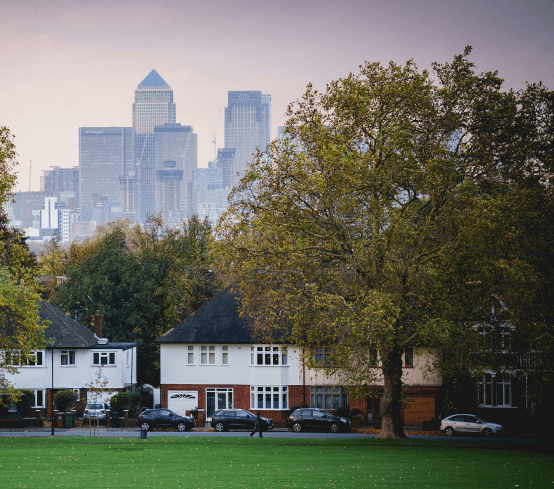
What are we doing?
Lewisham Council has been actively working to improve air quality across the borough, implementing innovative projects and securing funding to address air pollution. Below is a summary of key initiatives:
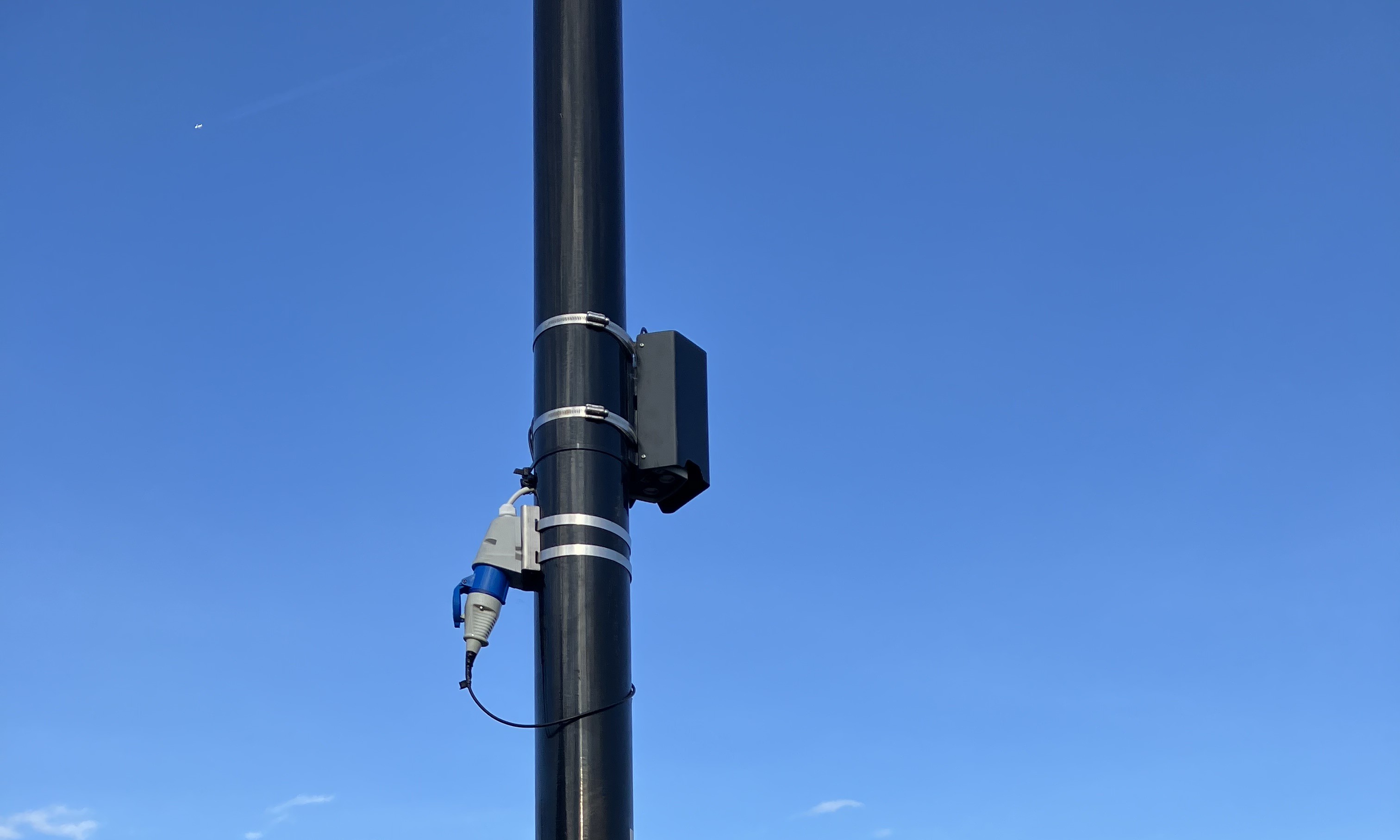
Digital sensors (air nodes)
The Digital Sensors Project will establish a borough-wide network of 100 air quality sensors, enabling real-time monitoring and public access to air pollution data via a free, user-friendly online map.
More infoabout digital sensors
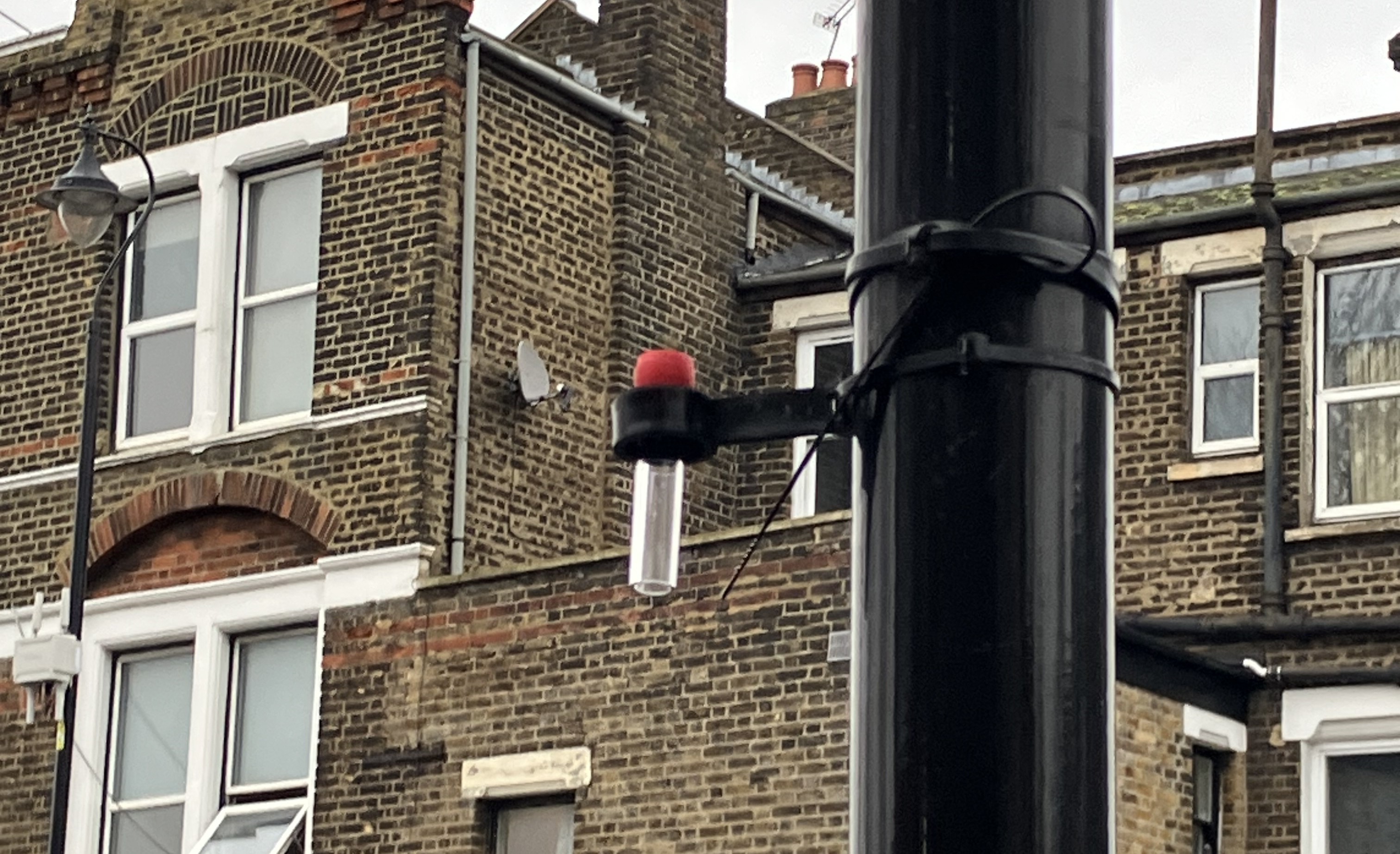
DEFRA Air Quality Grant
Lewisham secured £248,020 from DEFRA for a four-year project focused on reducing pollution and raising awareness.
More infoabout the air quality grant
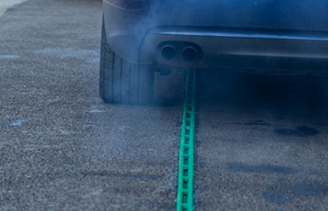
Roadvent Project
This initiative, funded by the Mayor’s Air Quality Fund and Lewisham’s Transport Department, uses innovative Roadvent technology to filter harmful pollutants such as NOx and PM near traffic-heavy areas.
More infoabout roadvent

Annual Status Report
The 2024 Air Quality Annual Status Report has been approved by DEFRA and the GLA and is available online.
More infoabout the Annual Status Report
What can I do?
Here are some ways you can play a part in reducing air pollution in the borough.

Switch off your engine
Say no to unnecessary idling and yes to clean air by switching off your engine whenever possible.
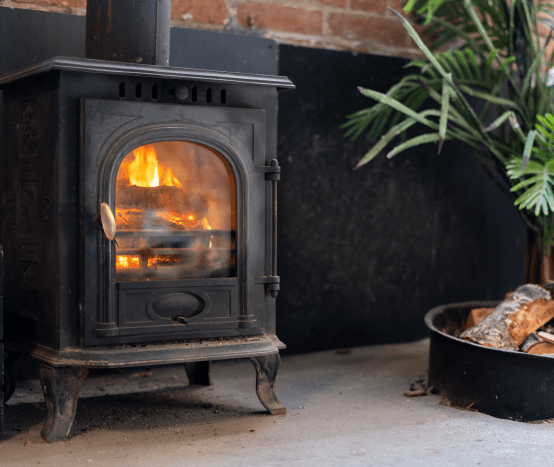
Things to do at home?
Keep warm at home, but don’t waste energy. The Energy Saving Trust recommends heating your home to between 18 to 21 degrees Celsius during winter

Driving sustainably
Driving smoothly and regularly maintining your vehicle are just some of the ways you can reduce you pollution when travelling in Lewisham.